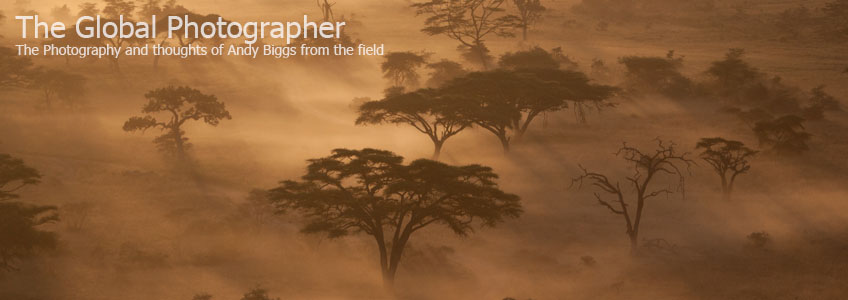Safari Udate - Lake Manyara
 Sunday, March 6, 2011 at 02:14PM
Sunday, March 6, 2011 at 02:14PM I met my safari group this morning at Arusha Coffee Lodge, had a nice breakfast and loaded up the Land Rovers for the first leg of my second safari. Our destination was Gibbs Farm, in the Ngorongoro highlands outside of the village of Karatu.
The drive took a few hours, and in my vehicle I got up to speed on world politics and world events that have occurred over the past few weeks. For some reason I didn’t expect updates on Brad Womack, the current star of the tv show The Bachelor. Lol.
Our rooms weren’t ready when we arrived, so we took the oppportunity to have their wonderful coffee out on the veranda. The late morning breeze in the highlands is like no other, and it felt like coming back home. The staff at Gibbs Farm haven’t seen me in a few years, and it was great to be back.
Gibbs Farm is a quaint place to stay that has wonderful organic food for all of their meals, and I don’t lie when I say that the best, most fresh food in all of Tanzania is served there. I don’t know the current count, but I remember that they employ 100 to 150 peole from the surrounding area to help run the accommodation side of the business, as well as tend to the coffee and farming of food.
We went on our afternoon game drive in Lake Manyara National Park, and as usual the vervet monkeys and olive baboons were there to greet us when we arrived. Since the sun was getting low in the sky, we decided to leave the forest to see what was going on near the lake’s edge. Not much, actually. Just a bunch of Leopard Tours vehicles (yuck).
We did stop to shoot a few giraffes at the edge of the forest, and I was hapy to get something from the afternoon. I have to admit that it was fairly slow, as we saw few elephants or giraffes. I was in Tarangire a few days ago, and there were tons of both on the other side of Lake Manyara, so that must explain the lack of them over here.
We had a wonderful dinner at Gibbs Farm, and I could see the jetlag on my guests’ faces, and we turned in early for the night. Tomorrow is Ngorongoro!
 Gibbs Farm,
Gibbs Farm,  Lake Manyara,
Lake Manyara,  Tanzania,
Tanzania,  safari in
safari in  Safari Reports
Safari Reports 


